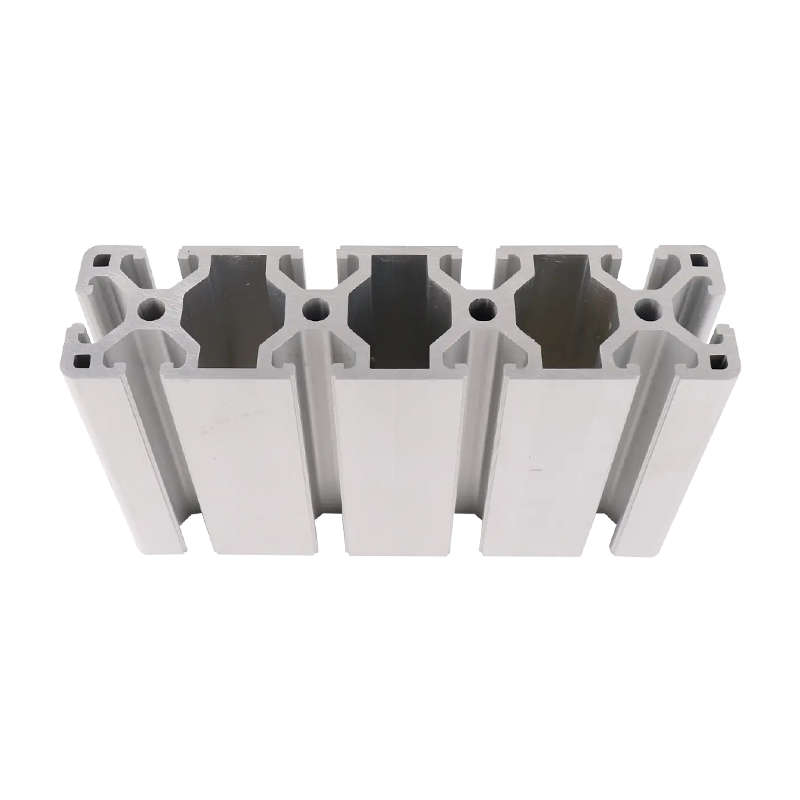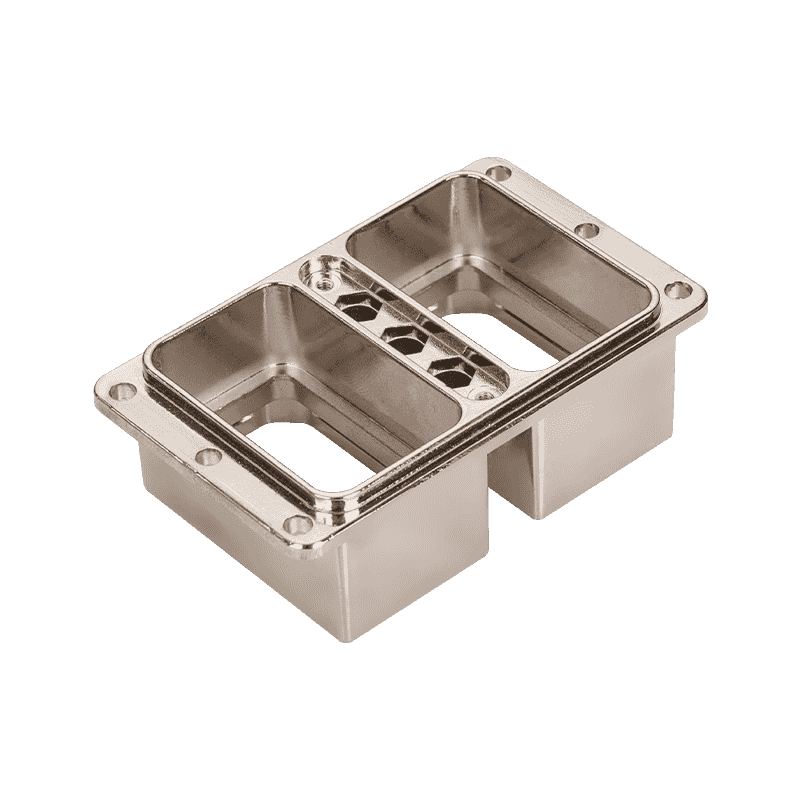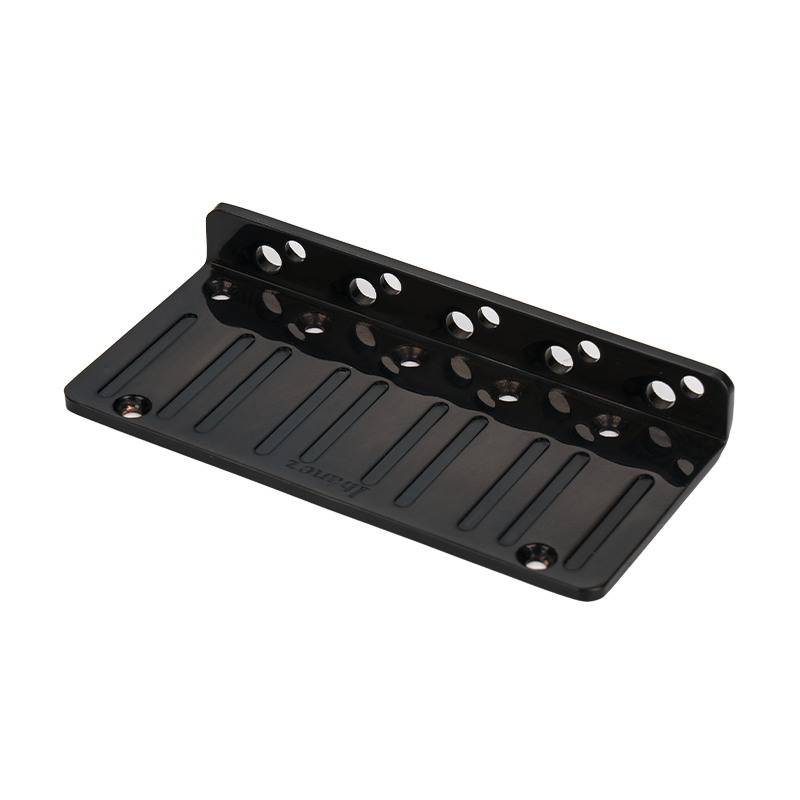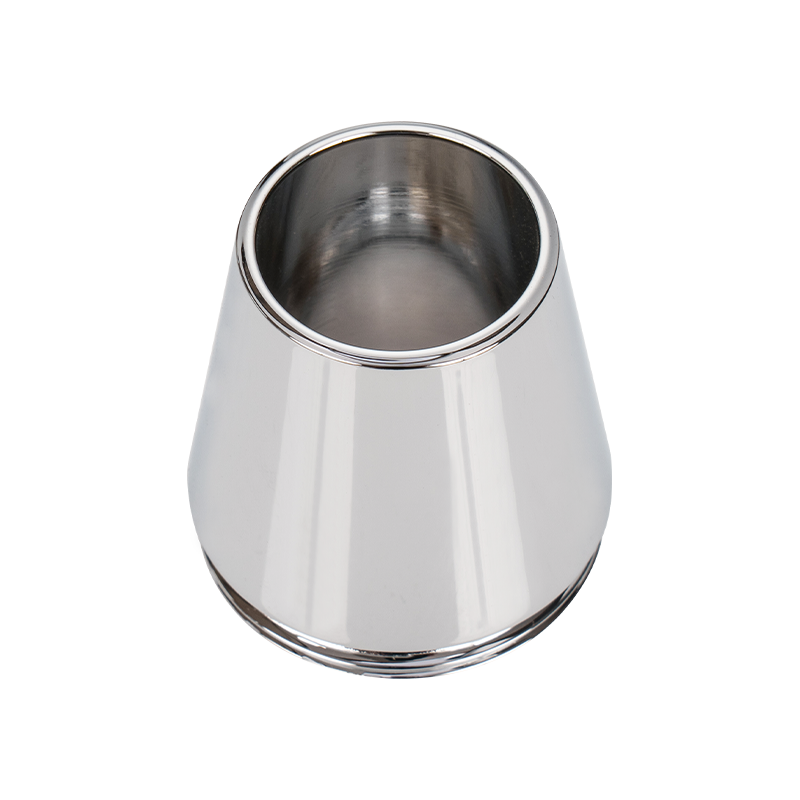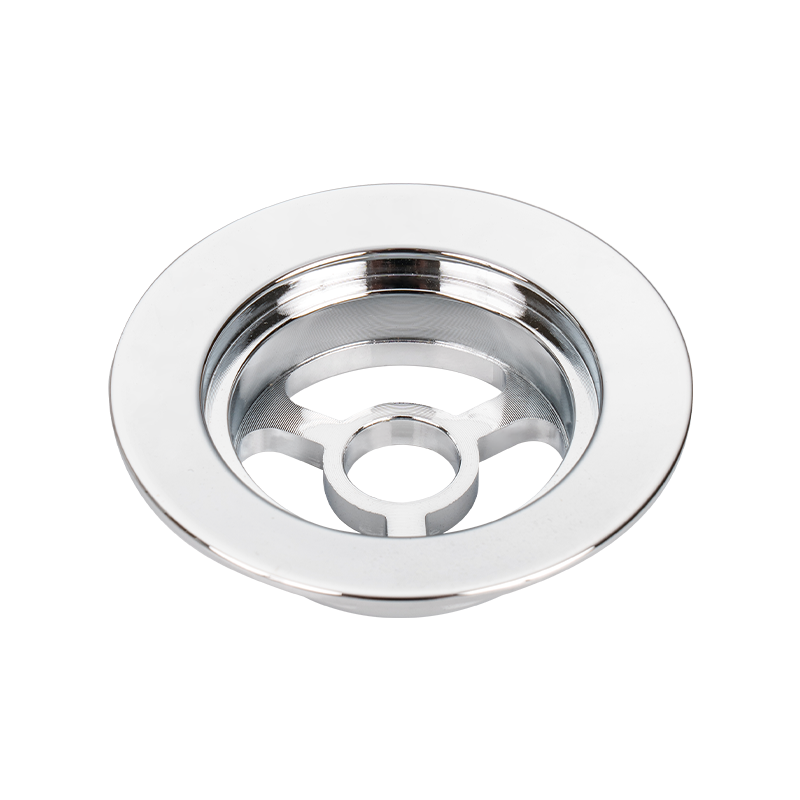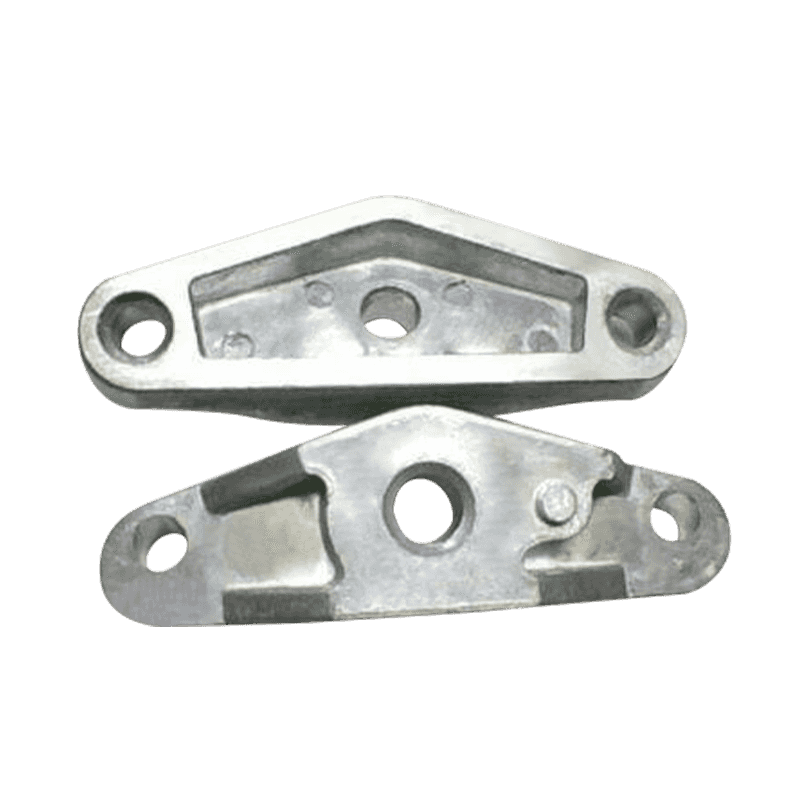What are the mechanical properties and corrosion resistance of zinc alloy die-cast auto parts?
09-07-2025The material basis determines the basic properties of mechanical and protective properties
Zinc alloy is an alloy material with zinc as the main component and added elements such as aluminum, copper, and magnesium. Its die-casting characteristics are relatively stable, and it can form complex geometric structures and high dimensional accuracy. It is often used in decorative parts, structural parts, connectors and other parts in the automotive industry. Zinc alloy has good rigidity and ductility at room temperature, which can meet the structural requirements of most light-loaded parts. At the same time, zinc alloy naturally has a certain antioxidant ability, which provides a material basis for its subsequent corrosion resistance treatment.
Tensile strength and hardness are suitable for most lightweight automotive parts
The typical tensile strength of zinc alloy ranges from 250 to 400 MPa, and the specific value depends on the alloy composition and processing state. Common die-cast zinc alloys such as Zamak 3 and Zamak 5 can obtain relatively stable mechanical performance after standard die-casting process. In terms of hardness, it is generally between 80 and 120 HB (Brinell hardness), which is suitable for manufacturing automotive parts with complex shapes, moderate force and surface quality requirements. Its hardness is not as good as steel or some aluminum alloys, but the surface strength can be improved through post-processing processes (such as heat treatment or surface plating) to meet the needs of local strengthening.
Moderate impact toughness, suitable for non-high-impact structural parts
Zinc alloy has a certain impact toughness and can withstand mild collisions or mechanical stress in daily use. In the application of automotive parts, zinc alloy is often used to make door handles, car logos, interior brackets, etc. These parts usually do not withstand severe impact, so its toughness performance is competent. It should be noted that the toughness of zinc alloy will decrease at lower temperatures, and the influence of the use environment on mechanical properties should be considered in the design stage.
Small casting shrinkage, which is conducive to dimensional accuracy control
The dimensional shrinkage of zinc alloy die castings is relatively low, generally between 0.4% and 0.7%. This feature makes the casting dimensional stability strong. For automotive accessories, this helps to ensure assembly accuracy and the tightness of mechanical connections, especially in structural designs involving threads, buckles, connection grooves, etc., which can better meet the manufacturing tolerance range. Since dimensional accuracy is closely related to the mechanical stability of the product in long-term use, this property has a direct impact on the quality of die-castings.
Corrosion resistance is closely related to alloy composition and surface treatment
Zinc alloy itself has a certain corrosion resistance to the atmospheric environment, and can maintain structural stability for a long time in a dry and ventilated environment. A dense oxide film is easily formed on its surface, which plays a preliminary protective role. However, in high humidity, high salt or acid-base pollution environments, exposed zinc alloys are prone to white rust or pitting. Therefore, surface treatment processes such as electroplating (nickel, chromium), spraying, anodizing or passivation are often required in the use of automotive parts to enhance their corrosion resistance.
Surface treatment improves corrosion resistance and appearance quality
In the process of automobile manufacturing, zinc alloy die-castings are often improved in various ways. Electroplating is a more commonly used method. By plating a layer of metal (such as nickel, chromium) on the surface of the zinc alloy to form a dense protective layer, the corrosion rate can be significantly slowed down. Spraying treatment achieves the purpose of protection by applying an anti-corrosion coating while meeting the appearance design of the entire vehicle. Some parts also use multiple treatments, such as passivation followed by electroplating, to enhance the surface protection function. Good surface treatment technology can enable zinc alloy parts to maintain a long service life in outdoor or humid environments.
Chemical corrosion resistance adapts to limited chemical environments
Zinc alloys are sensitive to certain chemicals (such as acidic gases, alkaline solutions, etc.). During the use of automotive parts, if oil, brake fluid, and coolant leak, if appropriate protective treatment is not performed, local corrosion may occur. Therefore, when designing and selecting materials, scenes with long-term contact with highly corrosive chemicals should be avoided. At the same time, zinc alloys with improved formulas (such as adding copper, magnesium and other elements) can be used when necessary to improve overall chemical resistance. Reasonable use of isolation methods such as gaskets and seals in engineering can also effectively reduce the risk of corrosion.
Long-term performance stability depends on the use environment and maintenance
The service life of zinc alloy die-castings is closely related to the environmental conditions in which they are located. In a dry, ventilated, and low-pollution environment, zinc alloy parts can maintain a long stable state. However, if used in high temperature, high humidity or salt spray environment, and lack of proper protection measures, corrosion may intensify and even affect structural safety. Therefore, in automobile design, drainage, dust prevention and ventilation systems should be reasonably arranged, and metal parts exposed to the outside should be regularly inspected and maintained. For parts that are often exposed to the external environment, it is more appropriate to use zinc alloy parts with corrosion resistance treatment.
Mechanical properties are related to mold precision and casting process
The actual mechanical performance of zinc alloy die castings is affected by multiple factors such as mold design, die casting process parameters, and cooling rate. For example, too high an injection speed may cause air inclusion defects and affect strength; uneven cooling may cause internal stress or microcracks. Therefore, controlling process parameters and ensuring mold precision are the key to ensuring product performance consistency. In actual production, CNC control, mold flow analysis and other technologies are often combined to improve the controllability of die casting quality and make the products more stable and reliable.
Are You Interested In Our Products
Leave your name and email address to get our prices and details immediately.

 English
English 中文简体
中文简体 Deutsch
Deutsch русский
русский



